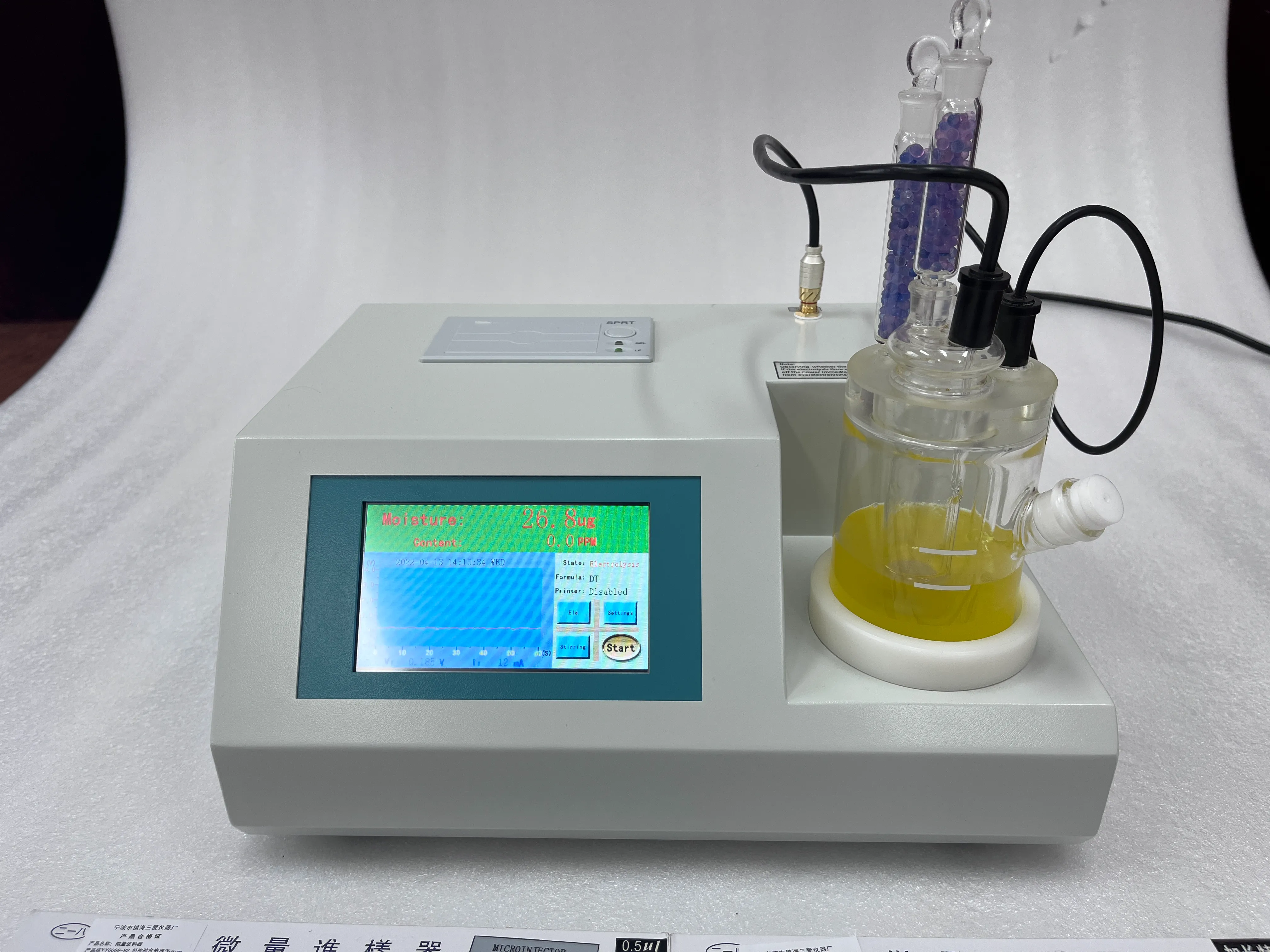 English
English



-
 Afrikaans
Afrikaans -
 Albanian
Albanian -
 Amharic
Amharic -
 Arabic
Arabic -
 Armenian
Armenian -
 Azerbaijani
Azerbaijani -
 Basque
Basque -
 Belarusian
Belarusian -
 Bengali
Bengali -
 Bosnian
Bosnian -
 Bulgarian
Bulgarian -
 Catalan
Catalan -
 Cebuano
Cebuano -
 China
China -
 China (Taiwan)
China (Taiwan) -
 Corsican
Corsican -
 Croatian
Croatian -
 Czech
Czech -
 Danish
Danish -
 Dutch
Dutch -
 English
English -
 Esperanto
Esperanto -
 Estonian
Estonian -
 Finnish
Finnish -
 French
French -
 Frisian
Frisian -
 Galician
Galician -
 Georgian
Georgian -
 German
German -
 Greek
Greek -
 Gujarati
Gujarati -
 Haitian Creole
Haitian Creole -
 hausa
hausa -
 hawaiian
hawaiian -
 Hebrew
Hebrew -
 Hindi
Hindi -
 Miao
Miao -
 Hungarian
Hungarian -
 Icelandic
Icelandic -
 igbo
igbo -
 Indonesian
Indonesian -
 irish
irish -
 Italian
Italian -
 Japanese
Japanese -
 Javanese
Javanese -
 Kannada
Kannada -
 kazakh
kazakh -
 Khmer
Khmer -
 Rwandese
Rwandese -
 Korean
Korean -
 Kurdish
Kurdish -
 Kyrgyz
Kyrgyz -
 Lao
Lao -
 Latin
Latin -
 Latvian
Latvian -
 Lithuanian
Lithuanian -
 Luxembourgish
Luxembourgish -
 Macedonian
Macedonian -
 Malgashi
Malgashi -
 Malay
Malay -
 Malayalam
Malayalam -
 Maltese
Maltese -
 Maori
Maori -
 Marathi
Marathi -
 Mongolian
Mongolian -
 Myanmar
Myanmar -
 Nepali
Nepali -
 Norwegian
Norwegian -
 Norwegian
Norwegian -
 Occitan
Occitan -
 Pashto
Pashto -
 Persian
Persian -
 Polish
Polish -
 Portuguese
Portuguese -
 Punjabi
Punjabi -
 Romanian
Romanian -
 Russian
Russian -
 Samoan
Samoan -
 Scottish Gaelic
Scottish Gaelic -
 Serbian
Serbian -
 Sesotho
Sesotho -
 Shona
Shona -
 Sindhi
Sindhi -
 Sinhala
Sinhala -
 Slovak
Slovak -
 Slovenian
Slovenian -
 Somali
Somali -
 Spanish
Spanish -
 Sundanese
Sundanese -
 Swahili
Swahili -
 Swedish
Swedish -
 Tagalog
Tagalog -
 Tajik
Tajik -
 Tamil
Tamil -
 Tatar
Tatar -
 Telugu
Telugu -
 Thai
Thai -
 Turkish
Turkish -
 Turkmen
Turkmen -
 Ukrainian
Ukrainian -
 Urdu
Urdu -
 Uighur
Uighur -
 Uzbek
Uzbek -
 Vietnamese
Vietnamese -
 Welsh
Welsh -
 Bantu
Bantu -
 Yiddish
Yiddish -
 Yoruba
Yoruba -
 Zulu
Zulu
Understanding the Principles of Impulse Winding Testing Techniques and Applications
Understanding Impulse Winding Tester Theory
An impulse winding tester is a crucial tool used in the electrical engineering field, primarily for testing the insulation of electrical equipment such as transformers, generators, and motors. The principle behind the impulse winding tester revolves around applying high-voltage impulses to the winding insulation to evaluate its integrity and reliability.
Principle of Operation
The fundamental concept of the impulse winding tester is based on generating high-voltage impulses that simulate lightning strikes or switching surges. These impulses are short-duration spikes of voltage, which can reveal weaknesses in insulation systems that standard tests may not detect. The tester typically operates by charging a capacitor to a certain voltage level and then discharging it through a controlled circuit connected to the winding under test.
Voltage Application and Insulation Testing
During testing, the impulse winding tester applies a series of impulses to the winding insulation. The voltage levels can vary, usually ranging from several kilovolts to several hundred kilovolts, depending on the requirements of the equipment being tested. The insulation system of the winding must withstand these high-voltage pulses without breaking down. The response of the insulation to these impulses provides valuable insights into its condition.
impulse winding tester theory

If the insulation is intact, the winding will absorb the impulse without any significant leakage current. However, if there is a fault—such as a crack, void, or other forms of deterioration—then the insulation will break down at a lower voltage, leading to measurable leakage currents. Analyzing this response is essential for predicting potential failures that could lead to costly downtime or catastrophic equipment failures.
Advantages of Impulse Winding Testing
One of the most significant advantages of using an impulse winding tester is its ability to uncover hidden failures that traditional testing methods might miss. These include issues related to partial discharge, dielectric breakdown, or contamination within the insulation. Additionally, the testing process is relatively quick, enabling engineers to assess insulation health efficiently and effectively.
Impulse testing can also be instrumental during routine maintenance schedules, allowing for proactive measures before a failure occurs, thus extending the life of electrical equipment. This proactive approach can lead to improved reliability and reduced operating costs.
Conclusion
In summary, impulse winding testers play a vital role in ensuring the integrity of electrical equipment through sophisticated testing methods. By applying high-voltage impulses, these testers provide critical data about the insulation condition, helping engineers and technicians make informed decisions on maintenance and repairs. With the growing complexity of electrical systems, the impulse winding tester's role in preventing failures and enhancing system reliability is more important than ever.
-
Ensuring SF₆ Gas Safety: Introducing PUSH’s Integrated SF₆ Analyzer for Dew Point, Purity, and Decomposition MonitoringNewsJul.10,2025
-
Exploring the Main Types of Industrial Endoscopes and Their Applications Across IndustriesNewsJul.04,2025
-
Testing Equipment Industry Sees Major Advancements in 2025: Smart & Precision Technologies Lead the WayNewsJun.06,2025
-
Applications of Direct Current Generators in Renewable Energy SystemsNewsJun.05,2025
-
Hipot Tester Calibration and Accuracy GuidelinesNewsJun.05,2025
-
Digital Circuit Breaker Analyzer Features and BenefitsNewsJun.05,2025



